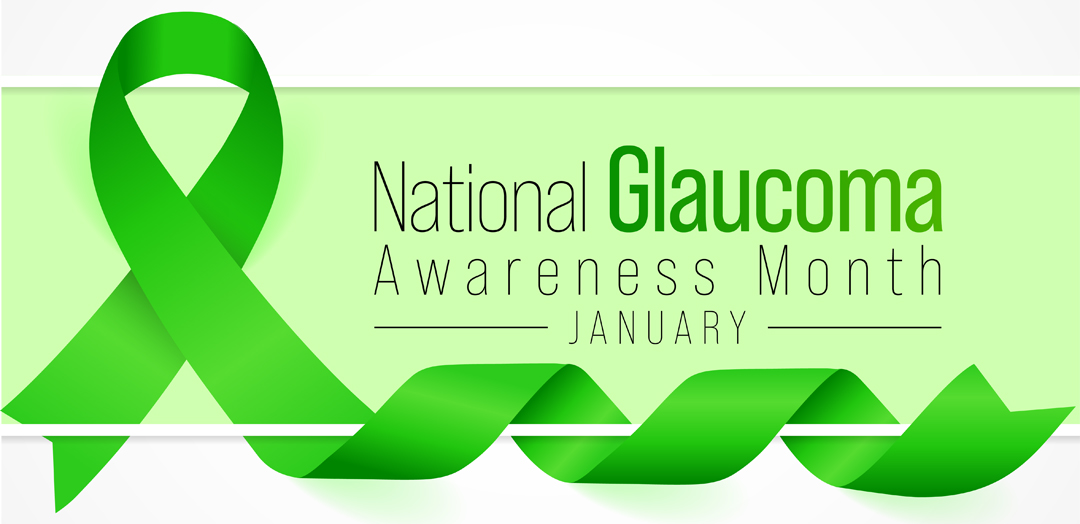
Glaucoma is a leading cause of vision loss and blindness in the United States. Glaucoma has no early symptoms — that’s why half of people with glaucoma don’t know they have it.
The only way to find out if you have glaucoma is to get a comprehensive dilated eye exam. There’s no cure for glaucoma, but early treatment can often stop the damage and protect your vision.
Anyone can get glaucoma, but those at higher risk include:
- Everyone over age 60, especially Hispanics/Latinos
- African Americans over age 40
- People with a family history of glaucoma
National Glaucoma Awareness month is important because:
- It’s a silent disease – Open-angle glaucoma, the most common type, has no symptoms. Without treatment, those affected will slowly lose their peripheral vision. If glaucoma remains untreated, people may miss objects to the side and out of the corner of their eye.
- It gives others a voice – National Glaucoma Awareness Month helps patients cope. It’s a time to let them share their stories.
- It’s important to spread the word – The main objective of this month is to keep people in the know about this disease. Not everyone is aware of how easily they can be affected. Eye care organizations use this month to address the risks and provide treatment tips.
Questions for your doctor
If you or a loved one has been diagnosed with glaucoma, you may have lots of questions. Starting treatment early is the best way to stop the damage and protect your vision. Talk to your eye doctor about your symptoms and treatment options.
Here are a few questions to ask your doctor:
- What type of glaucoma do I have?
- How often do I need to get a checkup for my glaucoma?
- What are my treatment options?
- What will happen if I don’t get treated for my glaucoma?
- How will I know if my treatment is working?
- What are the possible dangers or side effects from treatment?
- Is there anything I can do to prevent my glaucoma from worsening?
- Does glaucoma put me at risk for other eye diseases?
- What can I expect for my vision — now and in the future?
- Are there any activities I should avoid?
Visiting the doctor can be stressful, especially when you’re dealing with a new diagnosis. It helps to have questions written down ahead of time.
Discovery Eye Foundation is currently funding research to find better treatments for glaucoma. Gifts of any size can make a difference.
Donate Today!
Glaucoma simulation video courtesy of NEI









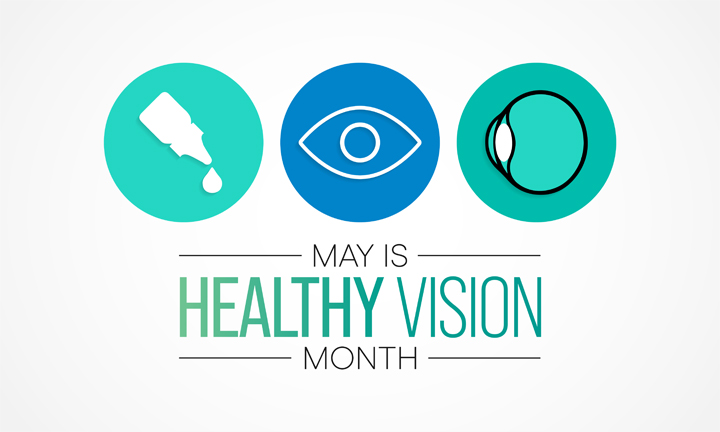
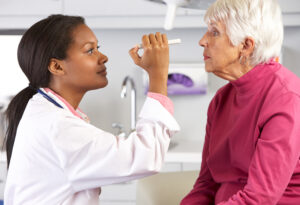


 Rest and blink your eyes – Researchers found that over 30% of people using digital devices rarely take time to rest their eyes. Just over 10% say they never take a break, even when working from home. The eye muscles get overworked and don’t get a chance to relax and recover. Experts suggest the 20-20-20 rule; every 20 minutes, focus your eyes and attention on something 20 feet away for 20 seconds. You can also get up and walk around for a few minutes.
Rest and blink your eyes – Researchers found that over 30% of people using digital devices rarely take time to rest their eyes. Just over 10% say they never take a break, even when working from home. The eye muscles get overworked and don’t get a chance to relax and recover. Experts suggest the 20-20-20 rule; every 20 minutes, focus your eyes and attention on something 20 feet away for 20 seconds. You can also get up and walk around for a few minutes. Reduce exposure to blue light – In the spectrum of light, blue is more high energy and close to ultraviolet light. So, if you use screens throughout the day, ask your eye doctor about the value of computer glasses that block blue light. Reducing exposure to blue light may help lessen vision problems. At home, using digital devices until bedtime can overstimulate your brain and make it more difficult to fall asleep. Eye doctors recommend no screen time at least one to two hours before going to sleep.
Reduce exposure to blue light – In the spectrum of light, blue is more high energy and close to ultraviolet light. So, if you use screens throughout the day, ask your eye doctor about the value of computer glasses that block blue light. Reducing exposure to blue light may help lessen vision problems. At home, using digital devices until bedtime can overstimulate your brain and make it more difficult to fall asleep. Eye doctors recommend no screen time at least one to two hours before going to sleep. Sit up straight – Proper posture is important. Your back should be straight and your feet on the floor while you work. Elevate your wrists slightly instead of resting them on the keyboard.
Sit up straight – Proper posture is important. Your back should be straight and your feet on the floor while you work. Elevate your wrists slightly instead of resting them on the keyboard. Set up monitor properly – Make sure your computer screen is about 25 inches, or an arm’s length, away from your face. The center of the screen should be about 10-15 degrees below eye level. Cut glare by using a matte screen filter. You can find them for all types of computers, phones, and tablets. Increase font size or set the magnification of the documents you are reading to a comfortable size.
Set up monitor properly – Make sure your computer screen is about 25 inches, or an arm’s length, away from your face. The center of the screen should be about 10-15 degrees below eye level. Cut glare by using a matte screen filter. You can find them for all types of computers, phones, and tablets. Increase font size or set the magnification of the documents you are reading to a comfortable size.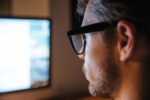 Consider computer glasses –For the greatest comfort at your computer, you might benefit from having your eye doctor modify your eyeglasses prescription to create customized computer glasses. This is especially true if you normally wear distance contact lenses, which may also become dry and uncomfortable during extended screen time. Computer glasses also are a good choice if you wear bifocals or progressive lenses, because these lenses generally are not optimal for the distance to your computer screen.
Consider computer glasses –For the greatest comfort at your computer, you might benefit from having your eye doctor modify your eyeglasses prescription to create customized computer glasses. This is especially true if you normally wear distance contact lenses, which may also become dry and uncomfortable during extended screen time. Computer glasses also are a good choice if you wear bifocals or progressive lenses, because these lenses generally are not optimal for the distance to your computer screen.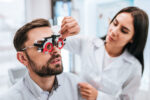 Get an Eye Exam – If you have tried all these tips and eye strain is still an issue, it might be time to see an eye care professional to schedule an eye exam. The exam may even detect underlying issues before they becomes worse.
Get an Eye Exam – If you have tried all these tips and eye strain is still an issue, it might be time to see an eye care professional to schedule an eye exam. The exam may even detect underlying issues before they becomes worse.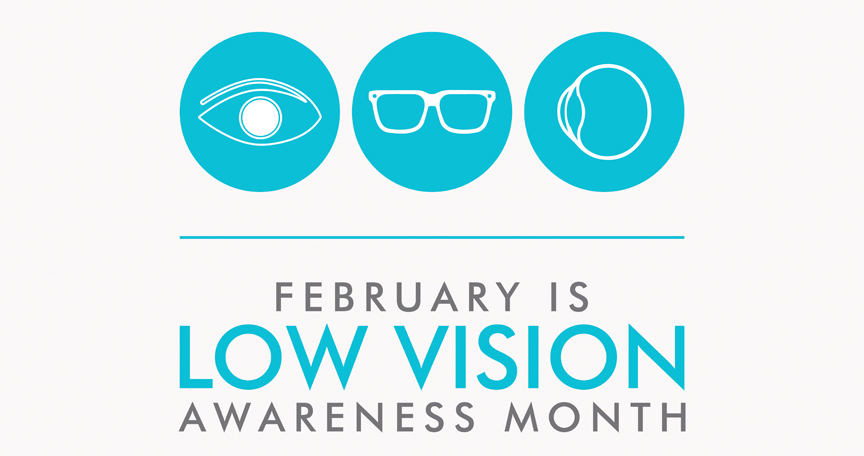

 Thanksgiving is almost here; a meal that nourishes the family bonds and traditions. It’s the one time of the year where you can guarantee your eyes will be bigger than your stomach.
Thanksgiving is almost here; a meal that nourishes the family bonds and traditions. It’s the one time of the year where you can guarantee your eyes will be bigger than your stomach.